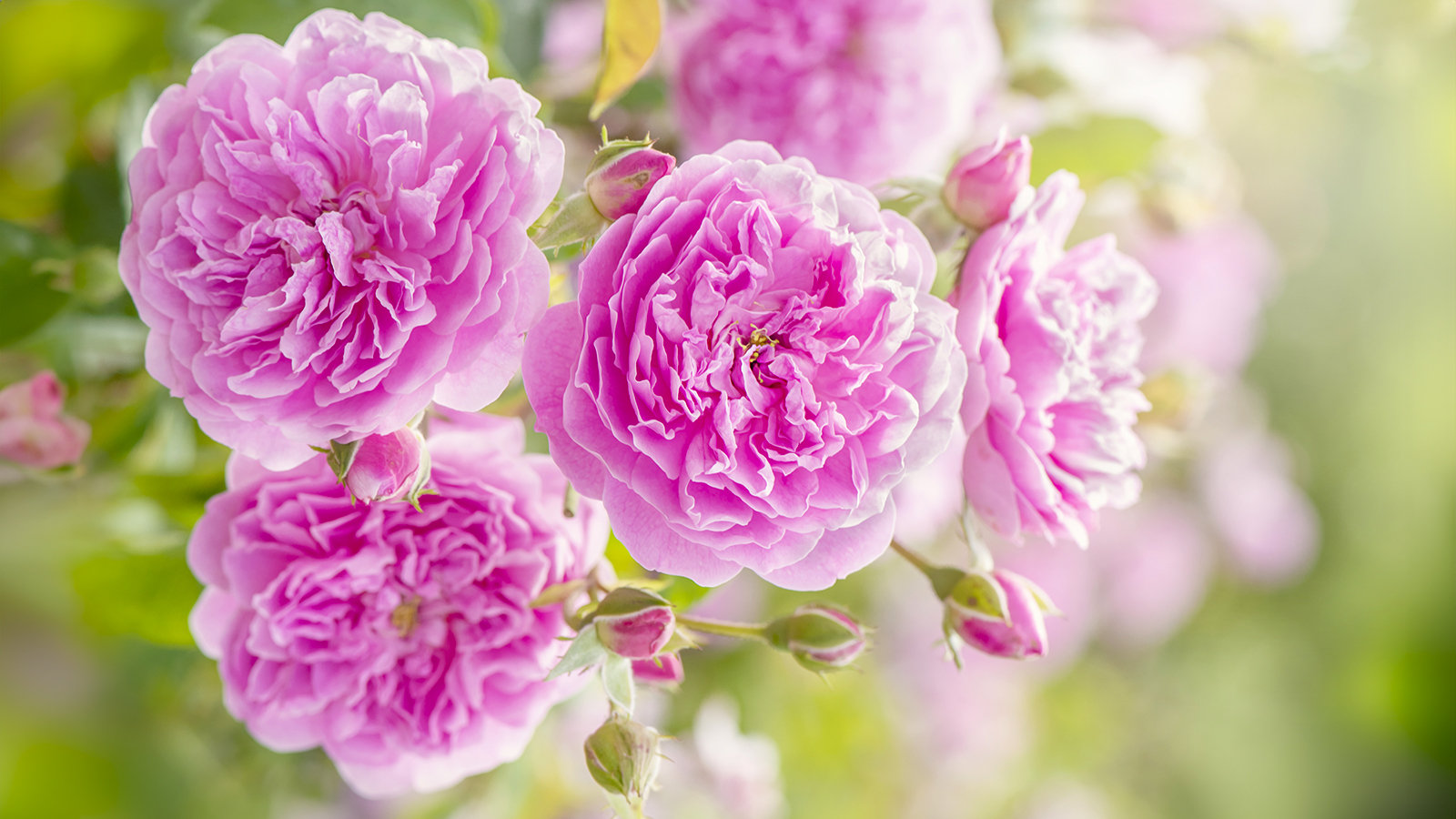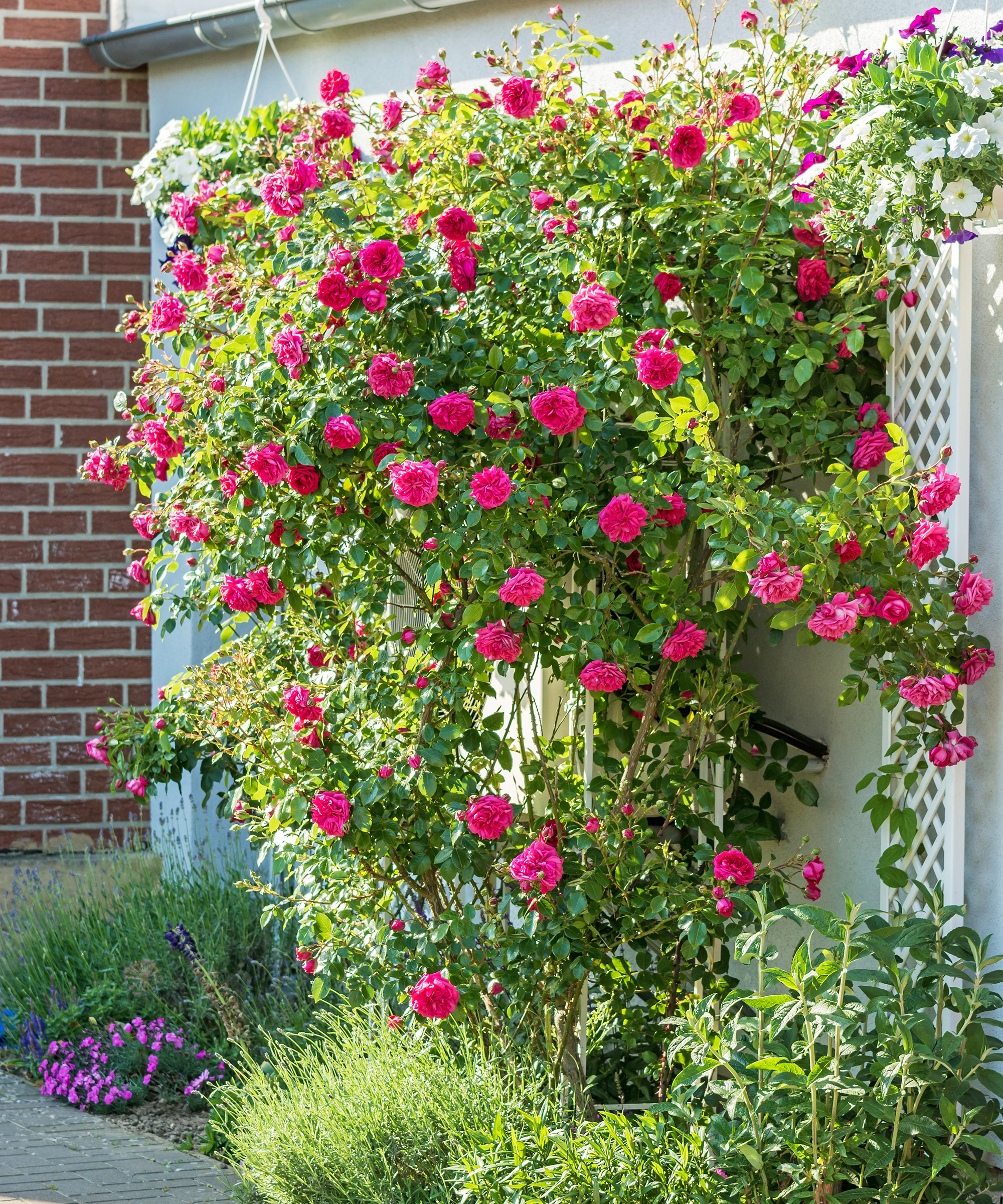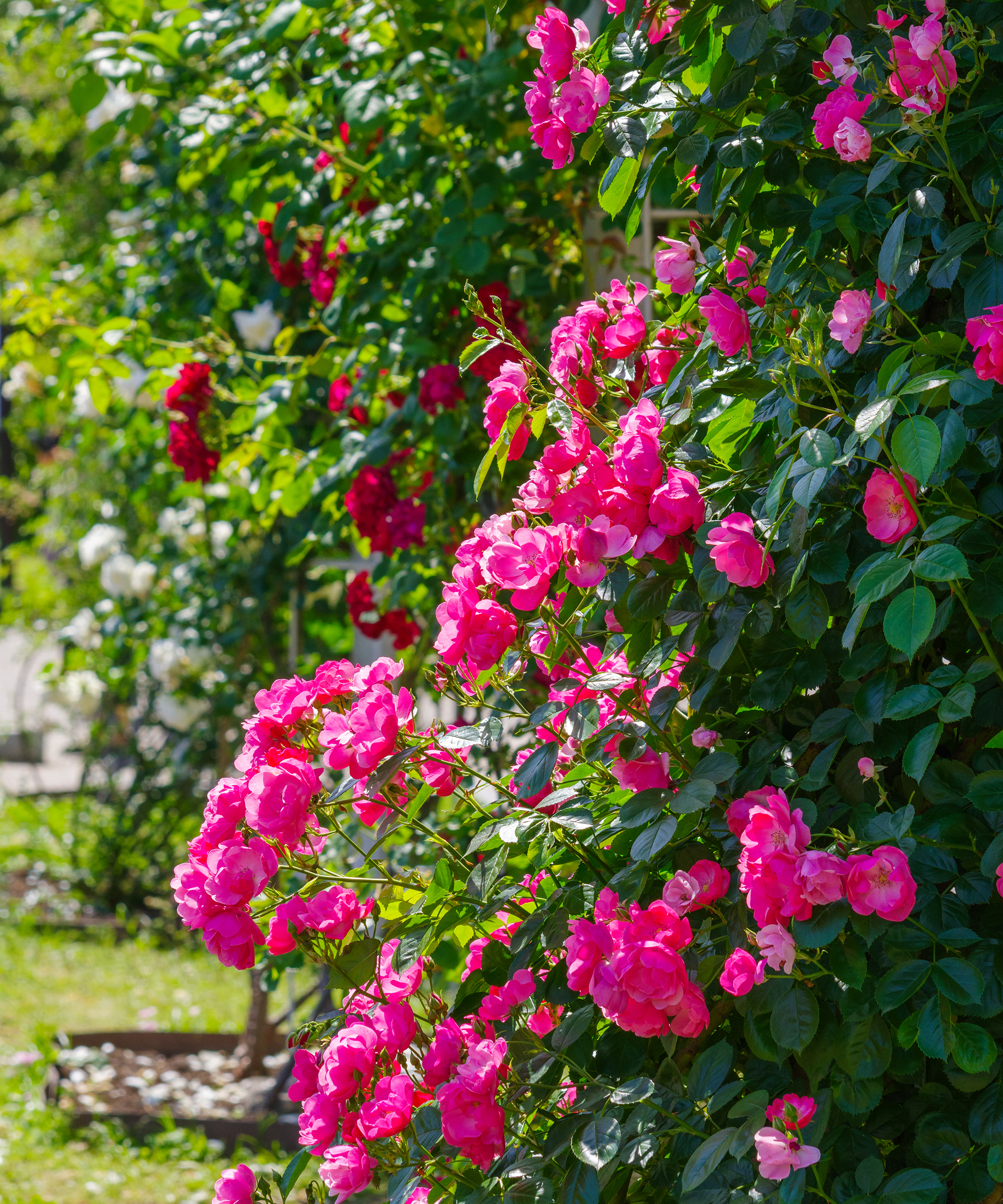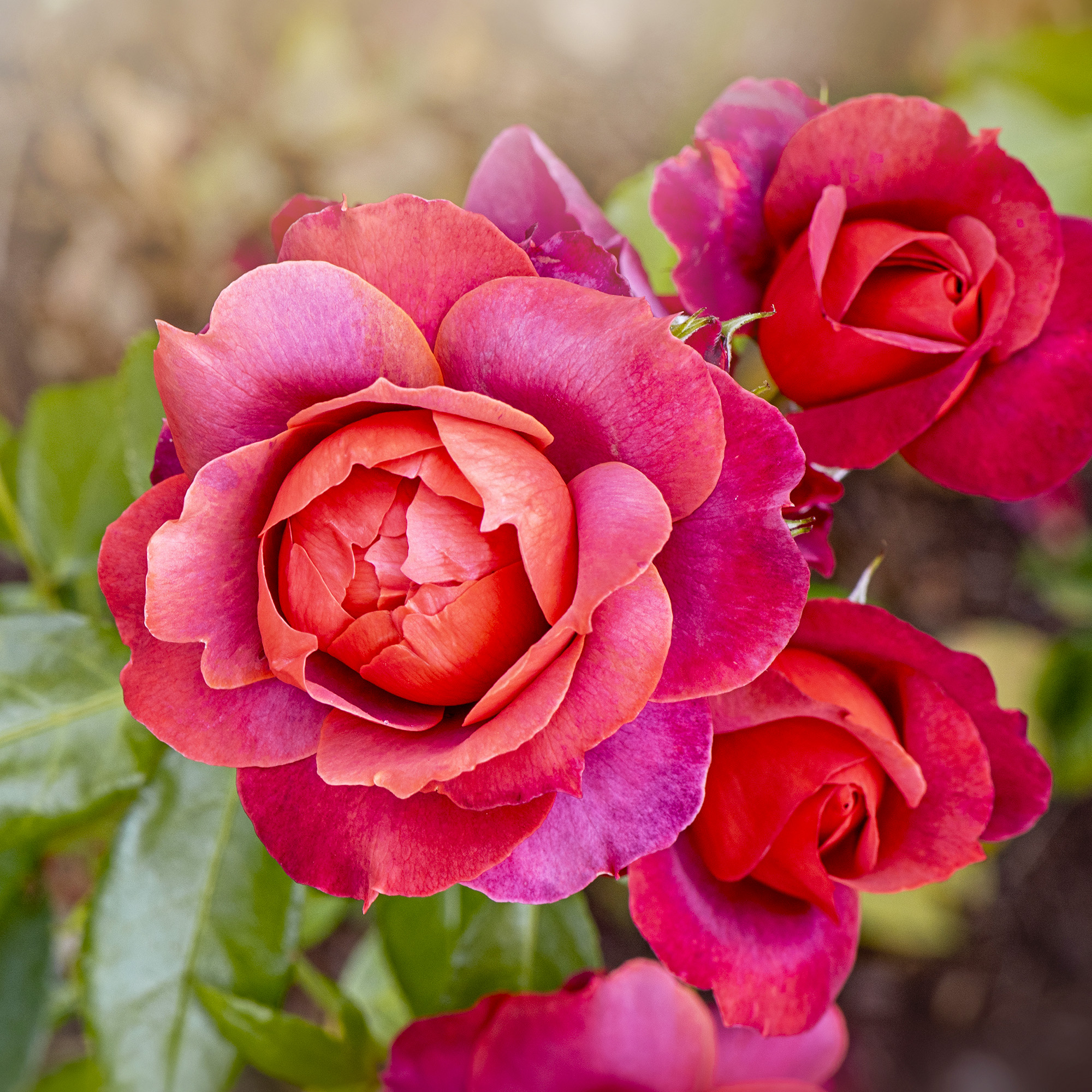How Much Sun Do Roses Need To Grow? Understanding Rose Light Requirements
Discover how much sunlight your roses really need to grow strong, bloom beautifully, and stay healthy all season long.


Roses in full bloom are a sight to behold in the garden. They add elegance to a landscape, pleasing the senses with their soft petals, vast color palette, and fragrance. But for roses to perform at their best, you do need to get the basics right. Well-draining soil and sufficient irrigation are important, but nothing is more essential to the health of a rose than light exposure.
Most roses need full sun, although some varieties and locations are compatible with partial shade. There are also a few clever ways you can boost the amount of light your shrub receives. However, if you're just learning how to grow roses, then it's important to start with a good foundation by planting roses in a site with good sun exposure.
How Much Sun Do Roses Need Each Day?
If you gather a team of experts and quiz them about rose light requirements, you will find quite a range of answers, starting at three hours a day and going up to eight hours a day. That is partly because different types of roses have different needs when it comes to sun exposure. The American Rose Society lists over 30 classifications for roses, including miniature, floribunda, grandiflora, and climbing roses. Yet, there are over 30,000 cultivars, and even these can have different sun needs.
In general, miniature roses can do well with only four hours a day, while climbing roses need at least six hours. English roses can thrive with just four to five hours each day. No matter what type or cultivar you select, remember that roses are sun-loving plants and grow best – and flower best – with lots of rays every day.
However, the light requirements of roses change through the seasons. They require maximum sunshine during the growing season, but much less in autumn and winter.
Do Roses Need Full Sun?
Roses don't strictly need a full sun location, and many varieties will thrive in part shade. In regions with scorching summer afternoons, most roses will prefer some shade from afternoon sun. Certain types of roses, like miniature roses, grow better with partial shade.
However, in areas with cooler summers, all-day full sun is a good thing for roses.
Sign up for the Gardening Know How newsletter today and receive a free copy of our e-book "How to Grow Delicious Tomatoes".

Morning vs Afternoon Sun
Your mother probably told you to stay out of the afternoon sun – it is hotter and more intense than cooler morning sun. The same is true for roses. Morning sun is much less intense than afternoon sun. This is partially due to the position of the sun in the sky, since during the afternoon, it is usually straight overhead, while in the mornings, sunlight slants in from the east.
For maximum blooms and tip-top health, full morning sun is best for most full-size roses. Sun exposure in the morning will dry the foliage and keep down fungal issues.
Signs of Incorrect Light Levels
Inadequate sunlight doesn’t sit well with roses. A rose shrub that doesn’t get enough sun will grow thinner, shorter canes and produce fewer blossoms. Shrubs may also become more susceptible to common rose diseases and pests, leading to an untimely demise.
However, although roses love the sun, “the more the better” doesn’t always apply. Too much sun, especially hot afternoon sun, can fade petals and leave your blossoms and leaves withering.

Ideal Location for Roses to Get Light in Garden
Remember that the mix of sun and shade your roses will get depends on more than the position of the sun. Many features in the landscape can come between the sun and your plants, including structures like your home or outbuildings, fences, walls, and trees. You’ll need to consider all of these before determining the ideal location for a rose garden.
A good solution is to find a location that gets full sun during the morning hours, like an area on the east side of the home or a part of the garden that gets afternoon shade from trees. As long as the site gets at least five or six hours of sunshine, it will be enough.
Increasing Light Levels for Roses
If you find that your roses are not getting enough sun in their current location, don’t despair. Figure out what is blocking the sun. It may be trees or tall shrubs that have grown taller in the passing years. A good pruning can solve this shade problem. If the shading is due to structures, you’ll need to consider transplanting the shrubs.
While it may be possible to use grow lights in your outdoor garden, this is often neither easy nor practical. Likewise, using mirrors in the garden to redirect sunlight is easier to do indoors than out, but with a little ingenuity, a thoughtfully placed mirror can be an effective way to provide rose shrubs with additional sunlight.
More Rose Growing Inspiration
- Discover how to prune roses to ensure magnificent blooms all season, with these expert techniques.
- Invest in the best tools to keep roses in good shape. Our Garden Guru Pruning & Trimming Set contains premium-quality pruning shears, hedge shears, and bypass loppers.
- Be inspired by the best romantic old garden roses to grow for a dreamy display.
- Learn how to plant bare-root roses like a pro with these simple steps for lasting beauty.
- Sign up for the Gardening Know How Newsletter and be the first to hear about exclusive offers and the latest expert growing advice.

Teo Spengler is a master gardener and a docent at the San Francisco Botanical Garden, where she hosts public tours. She has studied horticulture and written about nature, trees, plants, and gardening for more than two decades, following a career as an attorney and legal writer. Her extended family includes some 30 houseplants and hundreds of outdoor plants, including 250 trees, which are her main passion. Spengler currently splits her life between San Francisco and the French Basque Country, though she was raised in Alaska, giving her experience of gardening in a range of climates.
